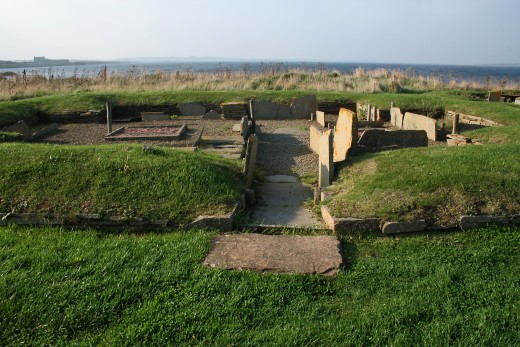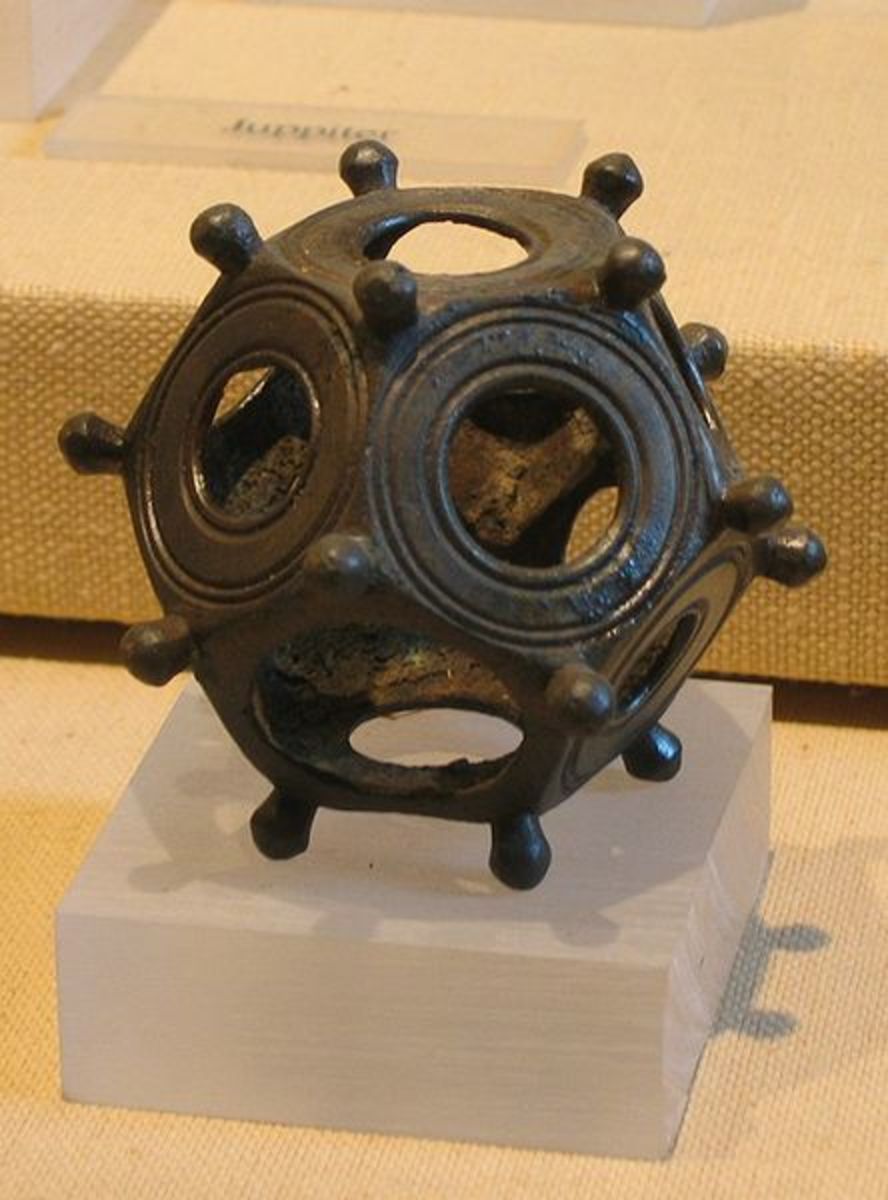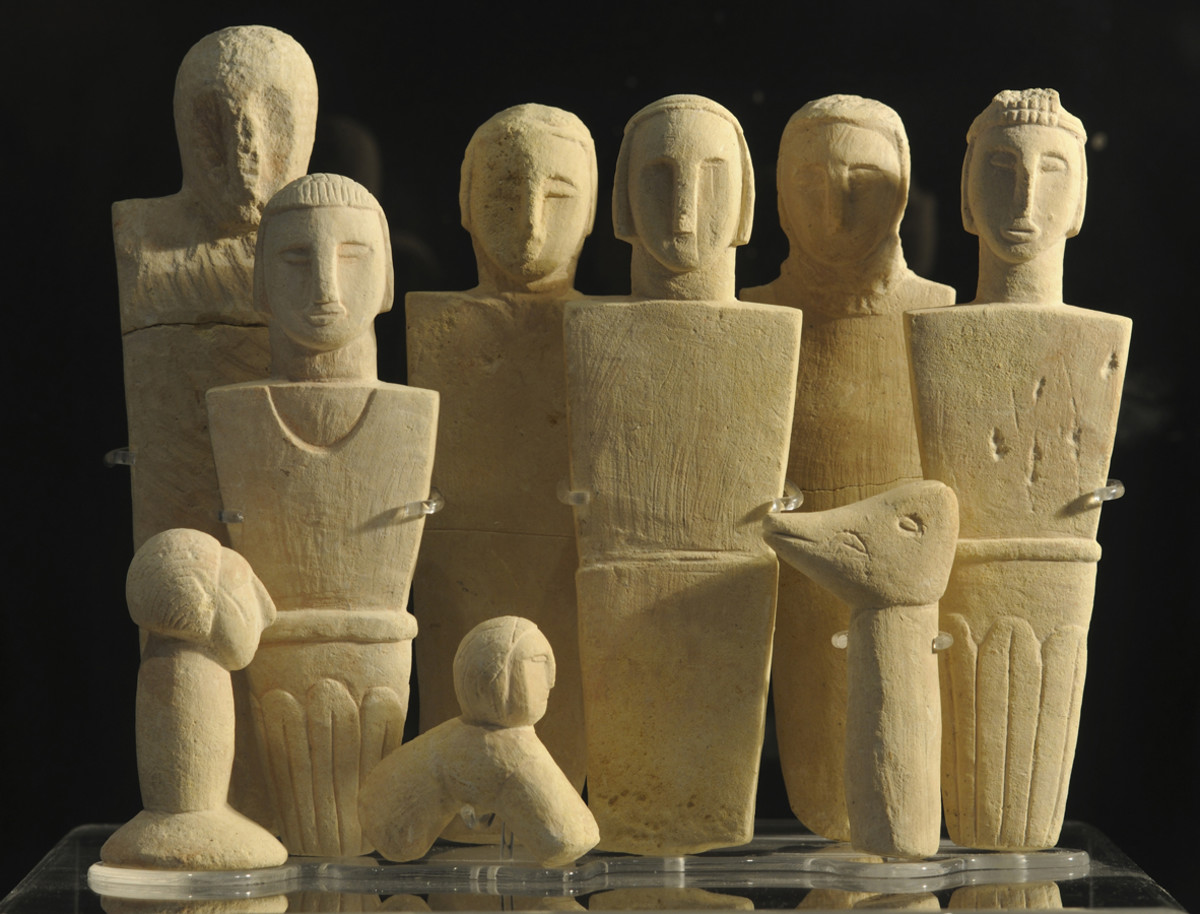Ancient Britons – Britain’s First Inhabitants

Ancient Occupation of Britain
The Romans described the British as Celts in 43AD, a rather dismissive and non-descriptive term. It certainly did not describe the myriad tribes and peoples who lived in Britain. The Anglo-Saxon Chronicles describe people by their tribal names. However, Britain’s written history only extends back so far, and until now the beginnings of the British people's ancient history was set by archeologists at 700,000 years ago. A recent project, termed AHOB or the Ancient Human Occupation of Britain, is huge research collaboration between archeologists and Earth scientists, geologists and other scientists from The Natural History Museum, The British Museum,University of London, and Queen Mary University, London along with other prestigious institutions.
The AHOB Research
One team working as part of the AHOB project has rewritten Britain’s ancient history. The earliest Britons were living in Britain much longer ago than previously thought. A team, at an archeological dig, at Happisburgh, (pronounced Hazeborough) Norfolk, discovered the new evidence, indicating that humans lived in Britain over 800,000 years ago. Between 2000 and 2010, the scientists found four other Stone Age sites around Happisburgh.
The first Happisburgh early Stone Age site was discovered in 2000, when coastal erosion revealed a site previously buried under thick glacial sediments. Archeologists and others from the AHOB project worked with local experts to uncover this site, and found four others. Happisburgh site one is, bizarrely, on the original Thames Estuary 150 miles north of its present location. A flint hand axe emerged from marsh sediment on a foreshore at low tide, and subsequent relics, butchered animal bones and other biological finds indicated that early humans were living at Happisburgh around 800,000 years ago. This is the oldest evidence of early humans living inBritain.
More than 70 well-made flint tools were found at the site, the archeologists believe that early Britons used these sharp edged tools for butchering and skinning animals, for food. The reason that the scientists are so excited about the tools is that they found unique biological and other evidence with the tools that helps them to understand the world that these early human knew. The evidence tells the scientists what the weather and climate were like and what plants grew in Britain at the time.
At that time, Britain was not an island, but a European peninsula, joined to Europe by a land bridge from northern Norfolk to Sussex. TheThames flowed into The North Sea just above this land bridge. The scientists know from fossilized plants, pollens, and beetles that theThames was a large slow flowing river, with many fresh water marshes and pools leading to nearby salt marshes and coastline. Scientists believe that mammoth, rhino, and horses would have roamed the grass-covered flood plain and that hyena, sabre-toothed cats, and humans preyed on these animals. Inland there were huge coniferous Northern forests.
Summer Temperatures were a little warmer than today, with a mean temperature between 16 and 18 degrees centigrade. Winter temperatures however were much colder than today, a mean temperature between 0 and -3 degrees centigrade. The fossilized beetles’ species indicated that the climate, in this early Britain, was closer to that in today’s southern Scandinavia. They also found some beetle species only found today in the highest coldest parts of the Pyrenees.
Work continues on assessing the data found at the five Happisburgh sites, for there is still much to learn. Such as which species of human these early settlers were, how they kept warm, whether they built shelters or used caves, and could they control fire? It will be interesting to learn more about England’s earliest inhabitants. The AHOB project is part of a much larger Europe-wide project charting the earliest human settlements and migration routes.








